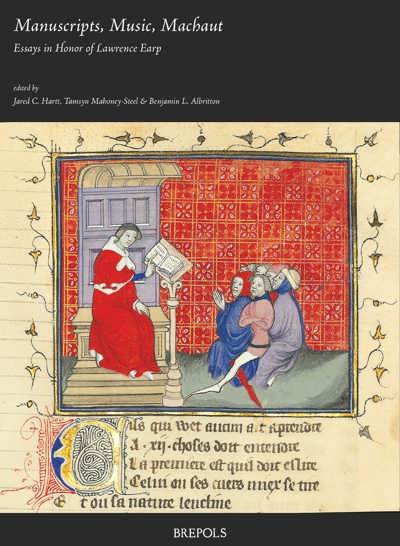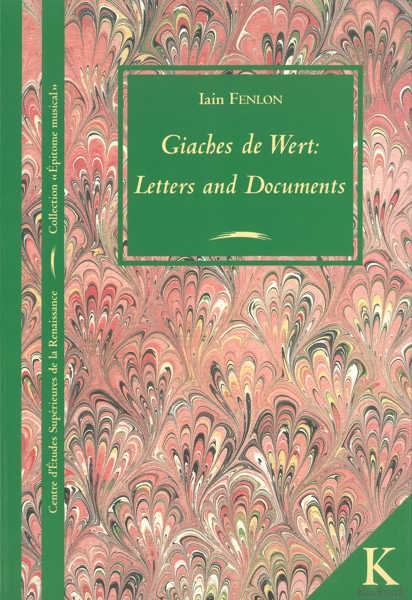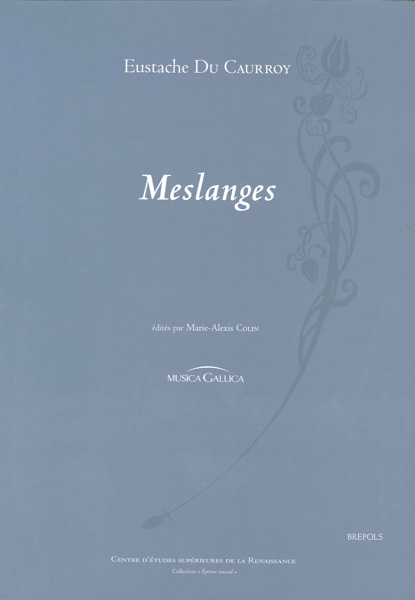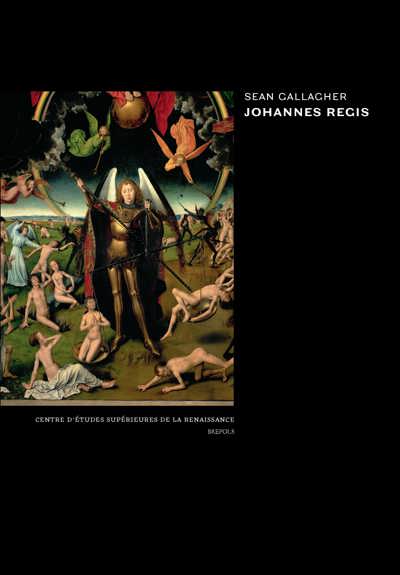
- Pages: 719 p.
- Size:178 x 254 mm
- Illustrations:4 b/w, 123 col., 27 tables b/w., 60 musical examples
- Language(s):English, German
- Publication Year:2025
- € 125,00 EXCL. VAT RETAIL PRICE
- ISBN: 978-2-503-61906-4
- Paperback
- Available
- € 125,00 EXCL. VAT RETAIL PRICE
- ISBN: 978-2-503-61907-1
- E-book
- Available
The volume provides insights into the William IV of Bavaria duke's cultural aspirations and sheds light on a ruler who defined music, religion, and art as expressions of strategic elements that interwove tradition, piety and representation in a programme of governance based on humanist education—a duke whose foresight enabled the Munich court to quickly become one of the most prestigious and famous seats of power in the Holy Roman Empire.
Stefan Gasch is a researcher at the University of Music and Performing Arts Vienna. He works on music and culture of the Renaissance in the Holy Roman Empire and has written and edited numerous publications on these topics. Gasch is co-author of the two-volume Ludwig Senfl (c.1490–1543) – A Catalogue Raisonné of the Works and Sources (Turnhout: Brepols, 2019). He is editor-in-chief of the New Senfl Edition and the online platform Senfl’s World.
This collection of essays is the first to focus exclusively on the Wittelsbach court of Duke Wilhelm IV of Bavaria (1493–1550). The contributors argue for a deeper understanding of this duke’s reign and acknowledge his crucial role in shaping the religious and cultural identity of the Duchy of Bavaria. By providing insights into the duke’s cultural aspirations, the organisation of the court, musical sources, religious musical practice, and everyday working life, this book aims to: (1) situate the court of Wilhelm IV in the context of the religious and political upheavals of the early sixteenth century; (2) trace the development of the musical repertoire and personnel of the Bavarian court chapel between 1500 and 1550; and (3) critically assess the degree to which the Munich court could be considered ‘modern’ by re-evaluating the broader cultural, religious, and musical life of the court around 1520. The volume thus sheds light on the cultural ambitions of a duke who defined music and art as expressions of strategic elements that interwove tradition, devotion, and representation in a programme of governance based on humanist education—a duke whose foresight enabled the Munich court to quickly become one of the most prestigious and famous seats of power in the Holy Roman Empire.
Duke Wilhelm IV, the Munich Court Chapel, and the Ducal Cultural Policy at the Beginning of the 1520s
Stefan Gasch
History – Religion – Art / Geschichte – Religion – Kunst
Bayern und das Jahr 1523. Einige forschungsgeschichtliche Überlegungen
Christof Paulus
Floreat semper Bavariae Regio. Die Religionspolitik der bayerischen Herzöge Wilhelm IV. (1508–1550) und Ludwig X. (1514–1545)
Manfred Heim
Durch Eintracht wachsen kleine Dinge, Zwietracht lässt die größten zerfallen. Fensterstiftungen der Wittelsbacher während der Regierungszeit Wilhelms IV. (1508–1550)
Daniel Parello
Princes and Prince-Bishops as Elite Patrons in Early 16th-Century Germany
Larry Silver
Von Augsburg nach München. Kontextfragen zu Hans Burgkmairs. Geschichte der Esther
Manuel Teget-Welz
The Ducal Court and its Sphere of Influence / Der Herzogliche Hof und sein Einflussbereich
Die bayerische Hofmusik und der Augsburger Reichstag im Jahr 1500
Moritz Kelber
Spaces, Ceremonial, and Sounds of a Ducal Residenzstadt. Music and the Representation of Power in Albrecht IV’s and Wilhelm IV’s Munich
Helen Coffey
Besetzungs- und Aufführungspraktiken der Kantorei Wilhelms IV.: mehr Fragen als Antworten?
Bernhard Rainer
Lucas Wagenrieder: Beyond the Hand
Grantley McDonald
Der Tegernseer Benediktiner Wolfgang Seidel und seine lateinische Ode auf Ludwig Senfl
Johannes Klaus Kipf
Elisabeth Klecker
Sources / Quellen
New Perspectives on Wolfenbüttel Guelf. A Aug. 2o: Contexts, Themes, Repertoires
Bernadette Nelson
For Presentation or for Use? The Munich Alamire Codices and the Early History of the Bavarian Court Chapel
Thomas Schmidt
Made to Measure or prêt à chanter? The Court of Wilhelm IV and the Later Alamire Manuscripts
Andrew Kirkman
The Secular Repertoire / Das Weltliche Repertoire
Der Münchner Liedkomponist Ludwig Senfl – Vorbild? Solitär? Außenseiter?
Nicole Schwindt
Informelle Musikpraxis am Hof Wilhelms IV. und Jacobäas von Baden – eine Spurensuche
Martin Kirnbauer
Sonja Tröster
Kateryna Schöning
Olja Janjuš
Mass and Proper Settings / Messen und Proprienvertonungen
Heinrich Isaacs Messensätze über Cantus fractus-Melodien im Repertoire der Münchner Hofkapelle
Bernhold Schmid
From Vienna to Munich. Mass Propers for Sundays throughout the Year at the Bavarian Court under Ludwig Senfl
Ruth I. DeFord
Zur Aufführung der Magnificat-Antiphonen in Senfls Umfeld
Andreas Pfisterer
Excursus / Exkurs
… ye in ein ander gestalt geordnet. Die Gottesmutter in der frühen Wittenberger Reformation
Stefan Michels
Motets / Motetten
Quasi una Fantasia: Texture as Compositional Determinant in Senfl’s Ave Maria …Virgo serena
Fabrice Fitch
Duke Wilhelm IV of Bavaria in Devout Prayer: On Ludwig Senfl’s Quinque salutationes. Ave Domine, Jesu Christe
Birgit Lodes
Ludwig Daser und die Motette am Münchner Hof um 1550
Jonas Pfohl
Index of Names
Index of Compositions
Index of Artworks
Index of Manuscripts
Index of Prints




